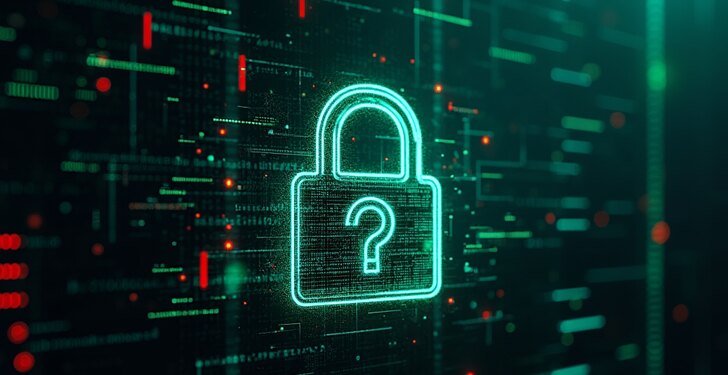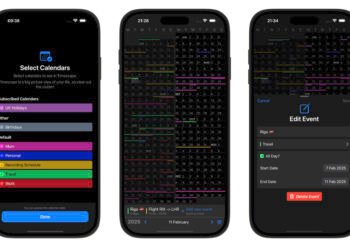Unmasking the New XCSSET macOS Malware Variant: What You Need to Know
In today’s rapidly advancing digital era, vulnerabilities are constantly being exploited by increasingly sophisticated cyber threats. One of the latest threats that has garnered significant attention is a newly identified variant of the XCSSET macOS malware. Discovered in recent findings by Microsoft, this malware variant poses a serious risk to macOS users with its enhanced obfuscation techniques, which make it incredibly challenging to detect and counter.
🚨 Understanding the XCSSET macOS Malware
The XCSSET macOS malware is not a stranger to those closely monitoring cybersecurity threats. Having first appeared in 2020, it has evolved considerably over time. The newly identified variant is characterized by its capability to hide malicious activities through advanced obfuscation tactics, thereby allowing it to evade detection by traditional security software. Primarily targeting macOS devices, XCSSET seeks out user vulnerabilities to obtain unauthorized access, facilitating various harmful operations without the user’s knowledge.
🤔 The Significance of XCSSET’s New Tactics
As this sneaky malware variant weaves through the internet, the ramifications for macOS users are substantial. By infiltrating the robust Apple ecosystem undetected, it can significantly compromise sensitive personal and professional information, resulting in dire privacy infringements. Therefore, understanding the threat posed by XCSSET and being proactive in addressing it matters immensely to all macOS users.
🔍 Decoding the New Obfuscation Techniques
The hallmark of this new XCSSET variant is its improved obfuscation strategies. But what precisely does obfuscation entail? Essentially, it is a method used to obscure or hide harmful code, making it difficult for conventional antivirus software to identify malware. The latest XCSSET variant employs intricate layers of cryptic coding that enable it to execute its malicious intent quietly and effectively, stealthily penetrating defenses without triggering alerts from usual security measures.
🛡️ Strategies for Self-Protection
Given the advanced evasion capabilities of the XCSSET malware, protecting one’s digital environment requires intentional action and awareness. Here’s how you can safeguard your macOS device:
- Stay Updated: Regularly update your macOS and all applications to their latest versions. Apple frequently issues security patches to manage and reduce vulnerabilities effectively.
- Utilize Trusted Antivirus Software: Invest in reputable antivirus programs that are equipped to detect and neutralize threats, even those concealed by sophisticated obfuscation.
- Be Cautious with Downloads: Limit software downloads to reliable and trusted sources. Avoid suspicious links and websites, which often serve as breeding grounds for malware.
- Monitor Network Activity: Keep a vigilant eye on your network traffic. Unusual patterns or spikes in activity can indicate external communications by malicious software.
🌐 Concluding Thoughts
The discovery of this new XCSSET macOS malware is a clarion call for vigilance among macOS users. While Apple’s operating system is celebrated for its robust security apparatus, no system is impervious to the continuously innovating cybercriminal. Microsoft’s revelation of this threat not only highlights potential dangers but also guides us in better fortifying our virtual perimeters.
In conclusion, staying informed and proactive can be crucial in maintaining digital security. Regular updates and vigilance, complemented by ethical digital practices, are critical in warding off the evolving threats in cyberspace. Additionally, sharing knowledge and experiences can create a more secure digital community as we collectively navigate the intricacies of cybersecurity.
Stay one step ahead. Protect your digital assets and share your impressions or concerns about the continuously evolving cybersecurity landscape, particularly concerning macOS, in the comments below. The world of digital safety thrives on informed and active participation, and together, we can build a safer digital future.




















































